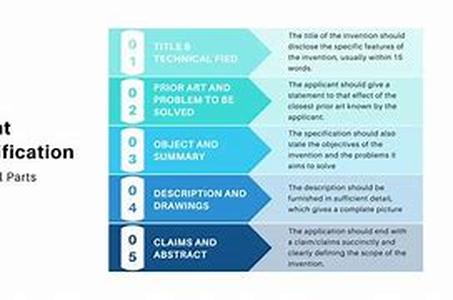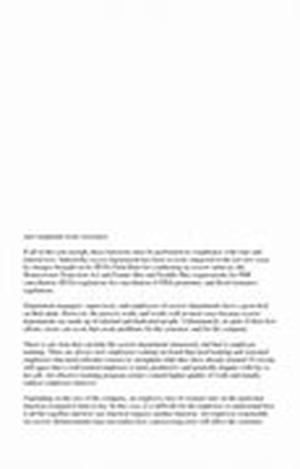
KWD: 11436 2.52Invention PatentsInvention Patents Go Through A Number Of Stages Before Finally Acquiring The Much Coveted Patent. Although Most Inventors Are Concerned With The Rights Invention Patents Grant During In-force, The Law Actually Recognizes Five "rights" Periods In The Life Of Invention Patents. These Five Periods In Invention Patents Are:1. Invention Conceived But Not Yet Documented. This Is The Phase Of Invention Patents When An Inventor Conceives An Invention, But Has Not Yet Made Any Written, Signed, Dated, And Witnessed Record Of It. In This Invention Patents Phase The Inventor Has No Rights Whatsoever.2. Invention Documented But Patent Application Not Yet Filed. After Making A Proper, Signed, Dated, And Witnessed Documentation Of In Invention Patents The Inventor Has Valuable Rights Against Any Inventor Who Later Conceives The Same Invention And Applies For A Patent. This Invention Patent Phase Gives The Inventor The Legal Right To Sue And Recover Damages Against Anyone Who Immorally Learns Of The Invention (for Example, Through Industrial Spying).3. Patent Pending (patent Application Filed But Not Yet Issued). During The Invention Patents Pending Period, Including The One-year Period After A Provisional Patent Application Is Filed, The Inventor Can Sue And Recover Damages Against Anyone Who Uses The Invention. Most Companies That Manufacture A Product That Is The Subject Of A Pending Patent Application Will Mark The Product "patent Pending" In Order To Warn Potential Copiers That If They Copy The Product, They May Have To Stop Later (and Thus Scrap All Their Molds And Tooling) If And When A Patent Issues.Eighteen Months After Filing, And While The Application Is Pending, The U.S. Patent And Trademark Office (USPTO) Will Publish The Application Unless The Applicant Files A Nonpublication Request At The Time Of Filing And Doesn't File For A Patent Outside The U.S. If The Application Is Published During The Pendency Period, An Inventor Can Later Obtain Royalties From An Infringer From The Date Of Publication Provided (1) The Application Later Issues As A Patent; And (2) The Infringer Had Actual Notice Of The Published Application.4. In-force Patent (patent Issued But Hasn't Yet Expired). After The Patent Issues, The Owner Of The Invention Patents Can Bring And Maintain A Lawsuit For Patent Infringement Against Anyone Who Makes, Uses, Or Sells The Invention Without Permission. 5. Patent Expired. After The Patent Expires, The Owner Of Invention Patents Has No Further Rights, Although Infringement Suits Can Still Be Brought For Any Infringement That Occurred During The Patent's In-force Period, As Long As The Suit Is Filed Within The Time Required By Law. An Expired Patent Remains A Valid "prior-art Reference" Forever.





